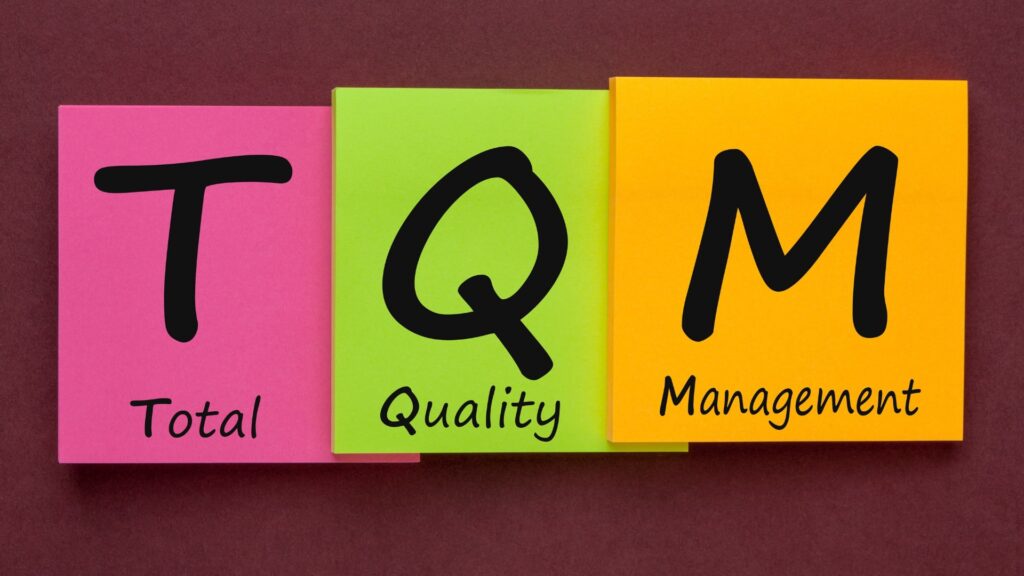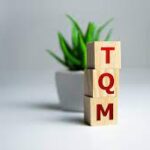ISO defined TQM as “A management approach of an organization centered on quality, based on participation of all its members and aiming at long term benefits to all members of the organization and society.”
TQM is “a system of continuous improvement employing participative management and centered on the needs of customers” (Jurow and Barnard, 1993).
There are a broad range of definitions of TQM, some examples are as follows:
· TQM is an integrated, corporately led programme of organizational change designed to engender and sustain a culture of continuous improvement based on customer-oriented definitions of quality (Kanaji, 1990).
· TQM is defined as fitness for use or purpose. TQM is a way of managing the effectiveness, flexibility and competitiveness of business as a whole TQM represents the management of quality as a strategic issue rather than an operational issue for lower levels of the hierarchy (Engelkemeyer, 1993).
· TQM is a systematic approach to the practice of management, requiring changes in organizational processes, strategic priorities, individual beliefs, individual attitudes and individual behaviours (Oakland, 1990).
· Brockman, J. R. (1992) has defined that “TQM is a management philosophy, embracing all activities through which the need of customer, the community and the objectives of the organization are satisfied in the most effective and potential of all employees in continuing drive for improvement.”
According to Moghaddam and Moballeghi (2007), TQM is the application of a number of activities with perfect synergy. The various important elements of TQM are:
· Customer-driven quality;
· Top management leadership and commitment;
· Continuous improvement;
· Fast response;
· Actions based on facts
· Employee participation; and
· A TQM culture
Libraries can benefit from TQM in three ways: breaking down interdepartmental barriers; redefining the beneficiaries of library services as internal customers (staff) and external customers (patrons); and reaching a state of continuous improvement (Jurow and Barnard, 1993).


